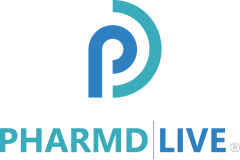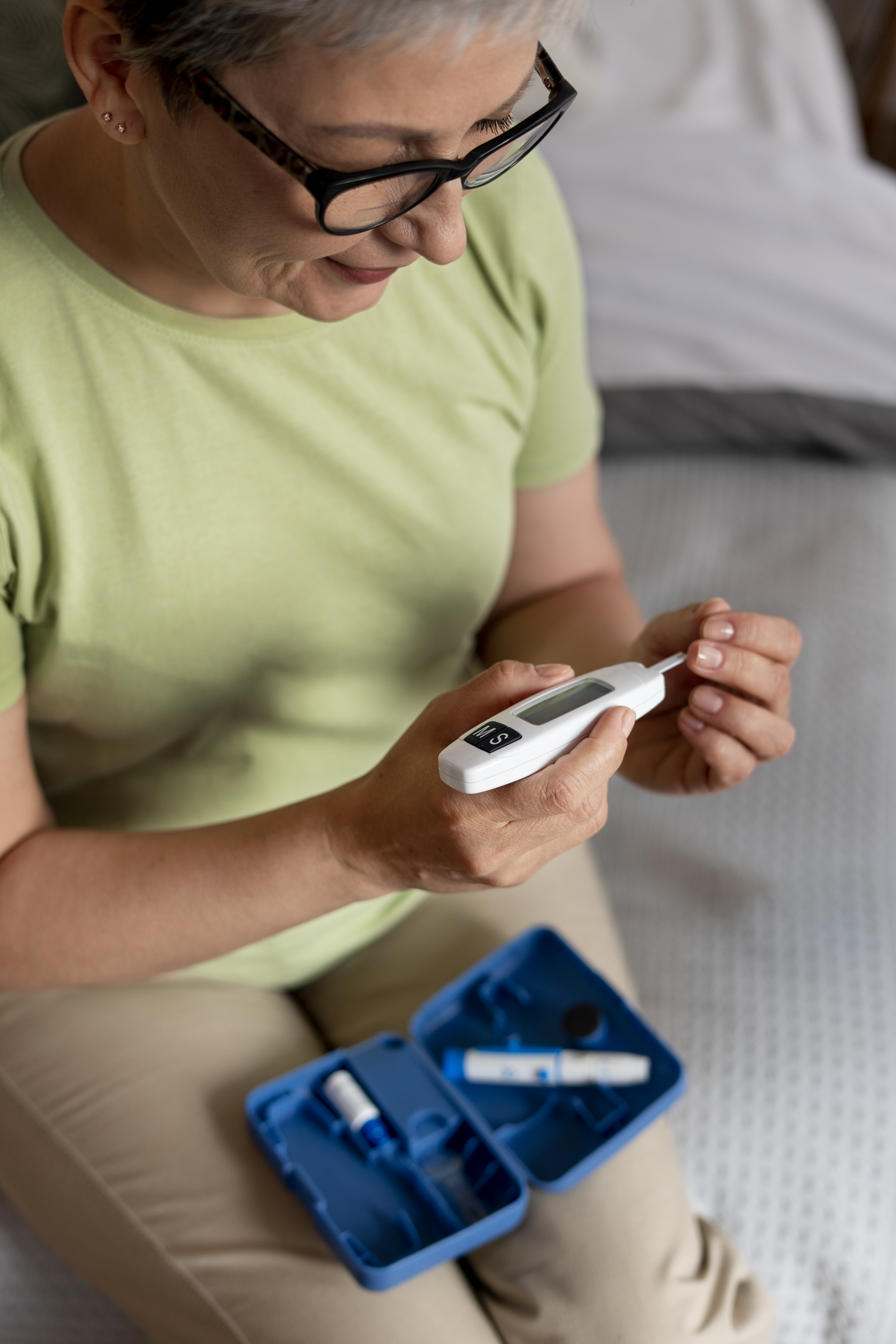By Nicollete Ramos – Staff Writer PharmD Live
Physician burnout is nothing new: as Marshall Eidenberg, DO, regional medical director at PharmD Live, puts it, “It’s waking up every day with a dread of going into work.” Even before the COVID-19 crisis that continues to push physicians and staff to their limits as hospitals fill to capacity, burnout is an issue that has always affected medical staff, and this year affects 42% of physicians, according to Medscape’s 2021 Physician Burnout report.
The American Hospital Association says that burnout can lead to serious repercussions, including higher turnover, reduced patient satisfaction, and worsened safety. But increasing demands on medical personnel, including those that arose before the COVID-19 pandemic, have led to an uptick in burnout.
Click Fatigue in Physicians
One notable cause of burnout in physicians has been the demand to record everything on a computer. Most often due to Meaningful Use criteria, doctors and nurses are required to spend a large portion of their time at computer screens, as opposed to caregiving.
“Part of what has slowed down physicians is having to serve the computer. You’ve taken what is arguably the most expensive single person in the healthcare system and turned them into a clerk.” says Dr. Eidenberg. “An unintended consequence of meaningful use and electronic medical records is that on an average day, an ER physician is clicking a mouse between 10,000 and 16,000 times. It’s not just physicians; it’s the nurses, it’s the techs, but “click fatigue” has it so we are now serving the computer instead of serving our patients.”
A study in the Journal of the American Medical Association published in 2020 certifies Dr. Eidenberg’s experience, stating that electronic health record, or EHR, fatigue affects more than one-third of physicians: “Click-heavy interfaces, multiscreen workflows and scrolling through pages of notes for information are some of the characteristics of EHR systems associated with burnout and fatigue.”
“A doctor who has delivered a kid, done an appendectomy, and seen patients in the hospital during the course of a week is tired at the end of the week, but he’s not burnt out.” says Dr. Eidenberg.
Burnout’s Devastating Effects
Despite burnout’s grasp on such a large population of physicians and medical staff, the stigma behind reaching out for mental health assistance often holds them back. The American Hospital Association says that one in five health care workers need mental health services but have yet to seek care because they’re too busy, unable to get time off work, can’t afford it or are too afraid or embarrassed.
“Seeking mental health care is considered a sign of weakness amongst many medical professionals,” said the sister-in-law of Dr. Lorna Breen, an ER physician at New York Presbyterian Hospital in Manhattan who committed suicide after suffering from burnout from the increased demands of COVID-19. Dr. Breen is not alone in this struggle — each year, 400 physicians commit suicide, and the suicide rate of nurses is two times that of the general population.
Even if burnout does not result in suicide, it can cause serious repercussions for practices, patients, and the medical system at large. According to the American Hospital Association, burnout has been shown to cause a 200% risk in medical errors. Therefore, whether the victim is a patient or a physician, someone’s life is often put at risk when burnout is present.
Furthermore, when faced with severe levels of burnout, doctors and nurses will frequently cut back on their hours or leave their practices altogether, resulting in a $4.6 billion dollar loss every year for the entire medical system, according to a 2019 National Academy of Medicine report.
How telehealth companies help the medical community with burnout
In conclusion, it remains clear through statistical and anecdotal evidence that burnout is an issue that needs to be addressed with more scrutiny. At PharmD Live, we help reduce click time for physicians by working one-on-one with Medicare patients with chronic diseases. By filling gaps in care, PharmD Live shoulders some of the weight of the responsibility of patients, alleviating the time spent sitting in front of a computer screen and reducing click fatigue so physicians and hospital staff can spend more time on what really matters: caring for patients.
PharmD Live works collaboratively with physicians, health systems, ACOs and IDNs to close care gaps and improve patient outcomes, boost quality measures, reduce costs and maximize profitability. Our team is made up of clinical pharmacists with advanced education and specialized training in chronic care and medication management, so you never have to worry about who is caring for your patients. Their unique expertise as medication experts is a critical skill set for improving chronic health outcomes and keeping patients safe from adverse drug events (ADEs). An extension of your staff, they will present themselves as part of your practice whenever interacting with your patients.








